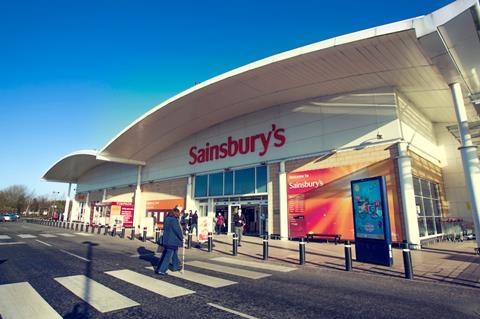
Sainsbury’s currently holds second place in Kantar’s measure of UK value share. That’s something it didn’t always achieve in Asda’s glory days. After the failed attempt to merge with Asda, there were questions about Sainsbury’s long-term prospects, but this talk has quietened. Strong sales through lockdown have helped, even if market share has drifted marginally at times.
So how is Sainsbury’s continuing to compete effectively, and what can we learn?
Sainsbury’s is talking publicly about its ‘Food First’ strategy. This is reflected in some parts of its stores. It has clearly bet on healthy eating as a major focus – areas such as gut health, dairy and gluten-free, meat alternatives and nutritional supplements are well-invested, with authoritative ranges and effective in-store marketing. There are other islands of excellence: fresh pasta, the self-serve patisserie counter, a renewed slow cook range, and an effort to liven up steak. But overall, in the categories that still say the most about quality to shoppers – produce, bakery and meat, fish & poultry – Sainsbury’s can’t currently claim to be outstanding. These are decent departments, but not showstoppers.
Sainsbury’s has made great strides on value over the last fifteen years, but the current communication in-store underplays this. The seasonal aisle in early March is focused on Price Lock, but what Price Lock means will not be 100% clear to many shoppers. Most gondolas on the value aisle feature many different products, but not a “knockout” value message. Although Aldi Price Match is visible, it is less prominent than at Tesco. The overall value messaging is not that persuasive.
Where Sainsbury’s has noticeably stepped up in recent years is in non-food. The Argos transaction has been a success. It hugely improves Sainsbury’s range and credibility in non-food, is an extra reason to visit the store, and the company reports significant benefits for store sales. Tu clothing is well-presented, with good visual merchandising and mannequins. Perhaps most impressive is the Habitat brand. In the Burpham store I visited, the excellent displays look the best in class in UK supermarkets (towels, home fragrance and more). Sainsbury’s now has the credibility and design credentials it lacked a decade ago.
So this is the biggest learning from Sainsbury’s. It took bold decisions to address its key area of weakness: non-food. In doing so with confidence, it has greatly strengthened the proposition. If it can deliver real differentiation through Food First, we may see its market share climbing again.









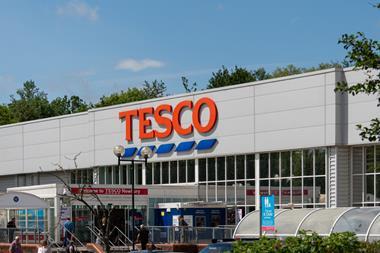
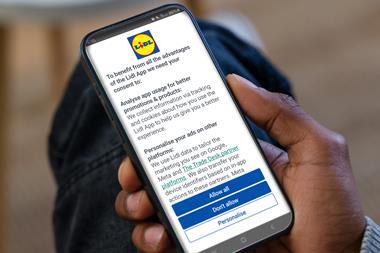
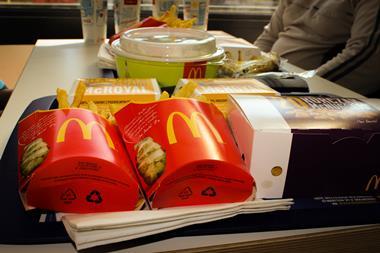



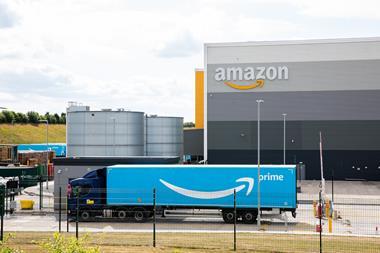
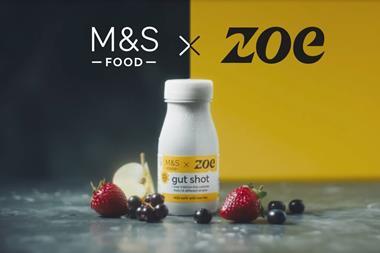
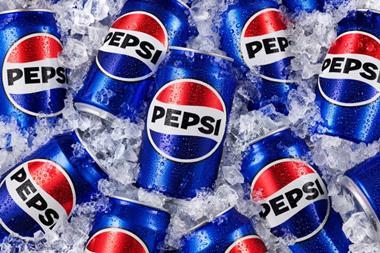
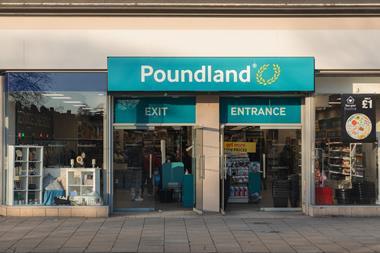
No comments yet